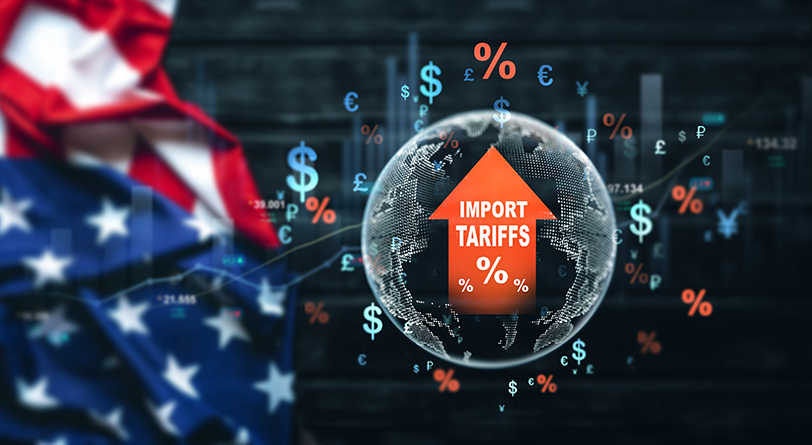Consultant: Volatility and Tariffs Are Key Words for the PE and PP Markets for 2025
Businesses Need to Focus on Supply Chain-Related Costs

The polyethylene (PE) and polypropylene (PP) markets in 2025 will continue to face volatility, especially as countries grapple with tariffs, according to Esteban Sagel, principal and CEO at Chemical and Polymer Market Consultants (ChemPMC) based in Texas.

“This market is all about volatility,” says Sagel during an interview after a March 2025 presentation to the Flexible Packaging Association (FPA) about the status of the PE and PP markets. “The industry should always be mindful of that. You might think that you are at the bottom of a cycle, and we may think that prices are at the bottom, but there are so many things that can change and shift the dynamics, so you always have to be on your guard.”
He says the best approach for businesses is to be keenly aware of what is underpinning their costs beyond the final price.
“How is the price of the material you’re buying compared with the price for that same material overseas or even within the U.S.?” Sagel says. “One of the first messages would be to get really educated on all the basics and all the drivers that underpin what’s going on with your prices. Then, you should have a good benchmark of what your competitors are paying, particularly overseas competitors. That is good information that you can use to have more productive conversations with your suppliers.”
Key Findings
In a detailed 39-page report released after his March FPA presentation, Sagel identifies several trends, including that the North American PE industry has been experiencing oversupply, which has led to moderation in prices and margins for polyolefins.
“Polyolefin prices, which experienced a tremendous expansion during the early years of this decade, have now moderated and appear to have reached a cyclical bottom,” the report says. “This does not mean that prices are static, as volatility remains a key feature of polyolefin prices.”
ChemPMC offers reports and market details on its website. Some of the key points from the FPA presentation and an interview with Sagel include:
- The pressure from environmentalists against plastics is not going away. However, post-consumer recycled (PCR) content goals have been difficult to obtain and won’t be met in the foreseeable future. “Even in the best of conditions, it’s almost impossible for the industry to meet some of the targets for PCR content set by the Ellen MacArthur Foundation,” he says. “There’s just not enough material to achieve the goals.” That has led some stakeholders, including California, to rethink their requirements.
- Regulation largely will remain on the state level in the U.S. “This divergence in regulatory environments represents a massive challenge for the North American flexible packaging industry, as it is unclear how to prepare for a future business environment where the rules diverge significantly across continents, markets, and potentially even states,” the report says.
- Recycling will remain a challenge, partly because of a lack of curbside infrastructure. Advanced recycling and chemical recycling have promise. But the regulatory environment hinders growth, and costs keep the technologies from being built to scale, he says.
- Soon, the summer 2025 season will begin, bringing with it the hurricane season, which will be a wild card with prices, he notes.
- In North America, tariffs will provoke a fundamental disruption of the polyolefin value chain. “Tariffs, in one way or another, will shape the future of the industry,” the report says.
More on Tariffs
For example, a Canadian producer selling millions of pounds of PE into the U.S. market might have to absorb a high tariff on those sales. That gives them incentive to find alternative markets, Sagel says.
He explains that a trade war will also challenge U.S. exports, which would create opportunities for Canadian producers to sell into countries where U.S. exports fall.
“There will be a lot of reshuffling,” Sagel says.
“The message is that companies need to pay a lot of attention to what tariffs are going to be implemented and game plan what that can mean for both their current suppliers and their consumption,” he adds. “If you can take advantage of that and reshuffle your supply lines, how do you do that? How does that impact your prices? How do you negotiate new contracts going forward?”
“There are some big changes in the polyolefins industry related to these potential tariffs,” Sagel says. “And you have to be mindful that the volatility is not going to disappear.”
Thomas A. Barstow is senior editor of FlexPack VOICE®.


